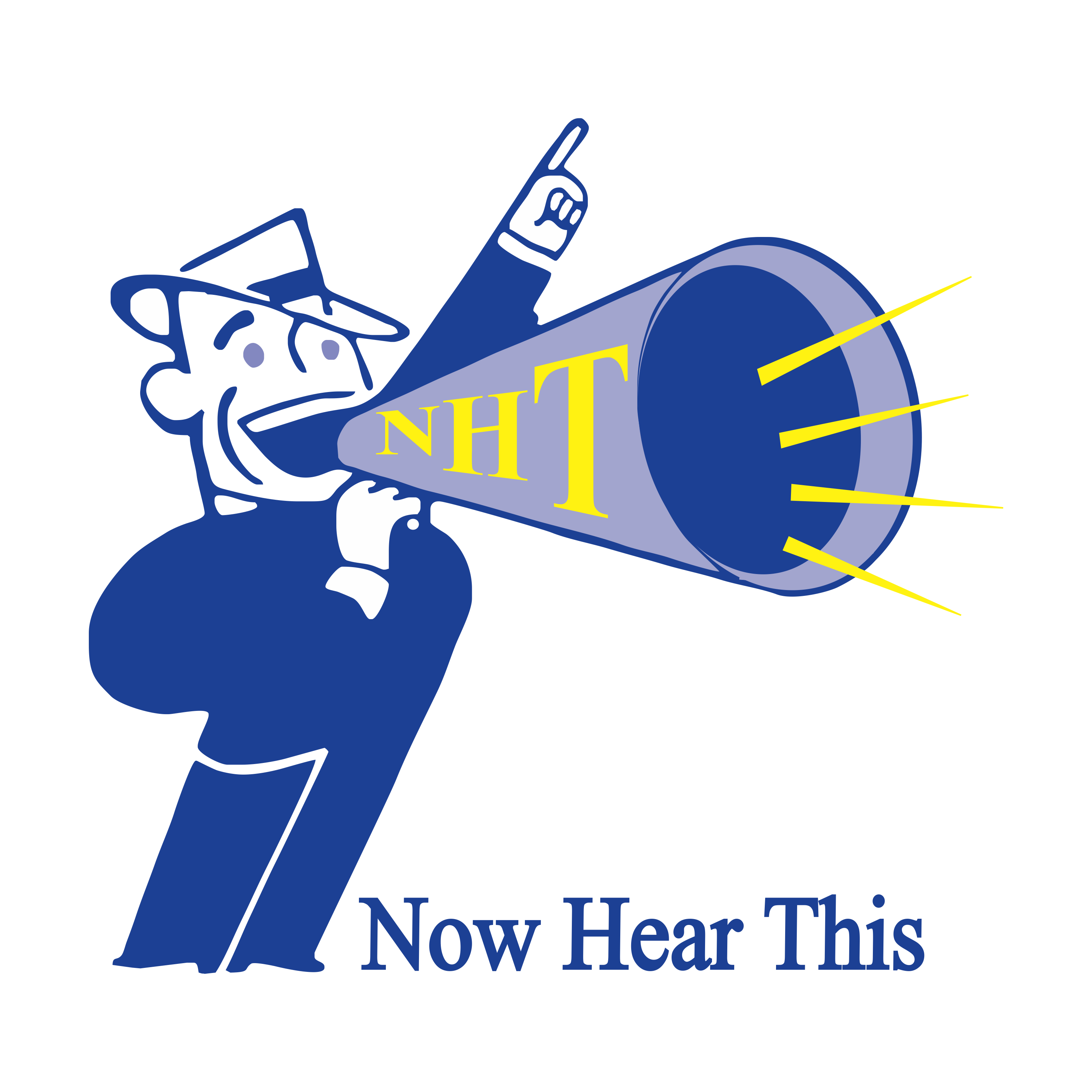 If you’re thinking about producing music, now is a wonderful time to start. Not only are tools and learning materials more accessible than ever, but the listening population is also growing larger and more hungry for new music by the day. While most other sectors suffered setbacks as a result of the pandemic, music streaming enjoyed impressive growth throughout 2020.
If you’re thinking about producing music, now is a wonderful time to start. Not only are tools and learning materials more accessible than ever, but the listening population is also growing larger and more hungry for new music by the day. While most other sectors suffered setbacks as a result of the pandemic, music streaming enjoyed impressive growth throughout 2020.
But to record music now, you need a home studio. And here's what should be in it:
The right microphone
There’s no one type of mic that works for universal use; it depends on what kind of instruments (or whose vocals) you’re going to record.
There are two types of mics: dynamic and condenser. A dynamic microphone is equipped with coils and magnets that are sensitive to vibrations. This makes them really good for recording loud sounds like drums and powerful vocals. On the other hand, condenser mics use capacitor plates, making them more sensitive to smaller vibrations. Soft vocals and string instruments are better recorded with a condenser mic.
Whichever type you get, just make sure that you’re buying an XLR mic and not a USB mic, so it can be connected to a soundboard.
An external audio recorder
It might be tempting to simply download recording software into your computer and use that to create your music. However, they’re often not reliable, as they don’t give you much control over how the sounds are recorded.
Instead, invest in a good audio recorder like the Zoom H6 Six-Track and MixPre-3 Portable. However, they’re not cheap. Even the “budget” ones like Sony PCMD100 cost well over $900. Audio recorders are built with multi-layered PCBs that are tricky to assemble. Its mechanical structure contains stacks of copper traces, pads, heat sinks, wires, and other components to deliver the power it needs to pick up and control frequencies, making them expensive. Still, they’re a worthwhile investment, especially if you want to produce unique mixes and quality sounds.
A digital audio workstation
Your digital audio workstation (DAW) is what you're going to use to record, edit, and produce all your music — so it's essential to choose the right one from the beginning. There are two types of DAWs: the standalone and computer-based ones. Standalone DAWs are those that look like mixing consoles. They're not expensive (around $200), but their features are very limited. These days, it's better to create your own DAW.
For this, you're going to need at least one PC, a sound card, and the recorder mentioned above. This way, you can customize your DAW into whatever you need it to be. For example, you can download any audio plugin like virtual instruments and dynamic range control. If you use a MIDI controller, you can plug that into your DAW, too.
The minimum PC specs required to power up your DAW is a 2.4Ghz quad-core i5 CPU, 4GB of RAM, and 500GB of internal storage.
Soundproofed walls
You don’t need to build an entirely new soundproof recording studio — you just need the right materials. Wall padding like absorbent panels would usually be enough to absorb softer noises. However, acoustic instruments need a process called damping, which can better redirect their unique sound frequencies. This can be done by applying a generous layer of dampening paint to the walls before applying your padding.
If your recording studio is on the second floor or higher, you need to install soundproofing mats, too. Finally, close that gap beneath your door with a door sweep.
Headphones
For the best home audio mixes, you need to own two types of headphones: closed-back and open-back. Closed-back headphones have their earcups sealed, ensuring that the backing track that you're listening to doesn't get heard in the recording. However, if you're mixing or mastering, then do get open-back headphones. These emit a more spacious sound, making the played-back recording sound more natural. If you can't afford both yet, prioritize the closed-back earphones.
The bottom line
It’s not cheap to put up a recording studio at home. Fortunately, most of the equipment can be classed as one-time purchases. Just do your research and get the right things on the first checkout.
And if you need extra inspiration to write your music, here are some pandemic success stories from small artists like Bailey James and RT Valine.
What does your home studio setup look like? Talk about your recording environment on Twitter or post about it on Facebook or LinkedIn. Alternatively, write in via good old fashioned email.
